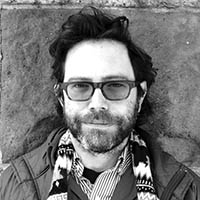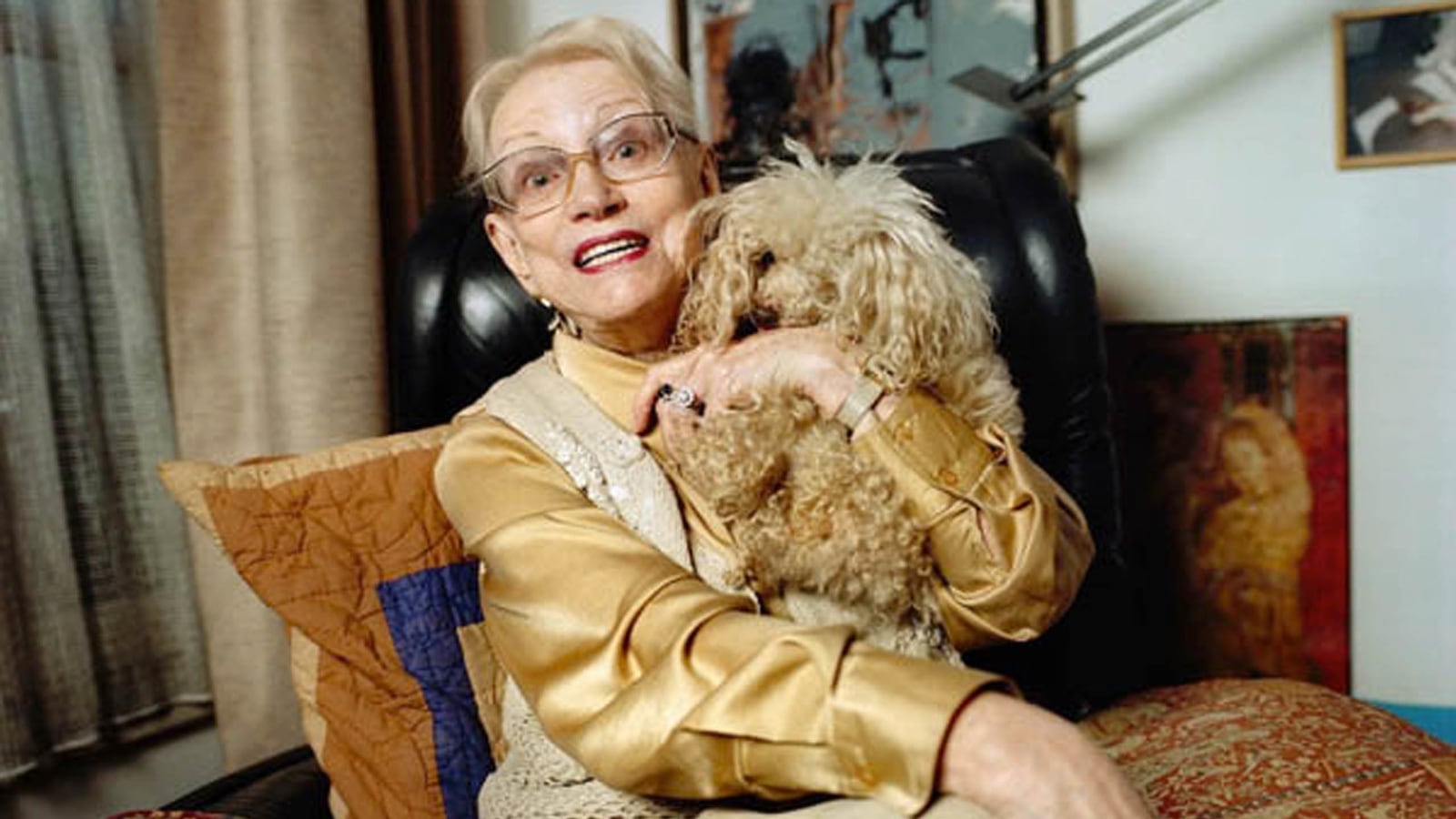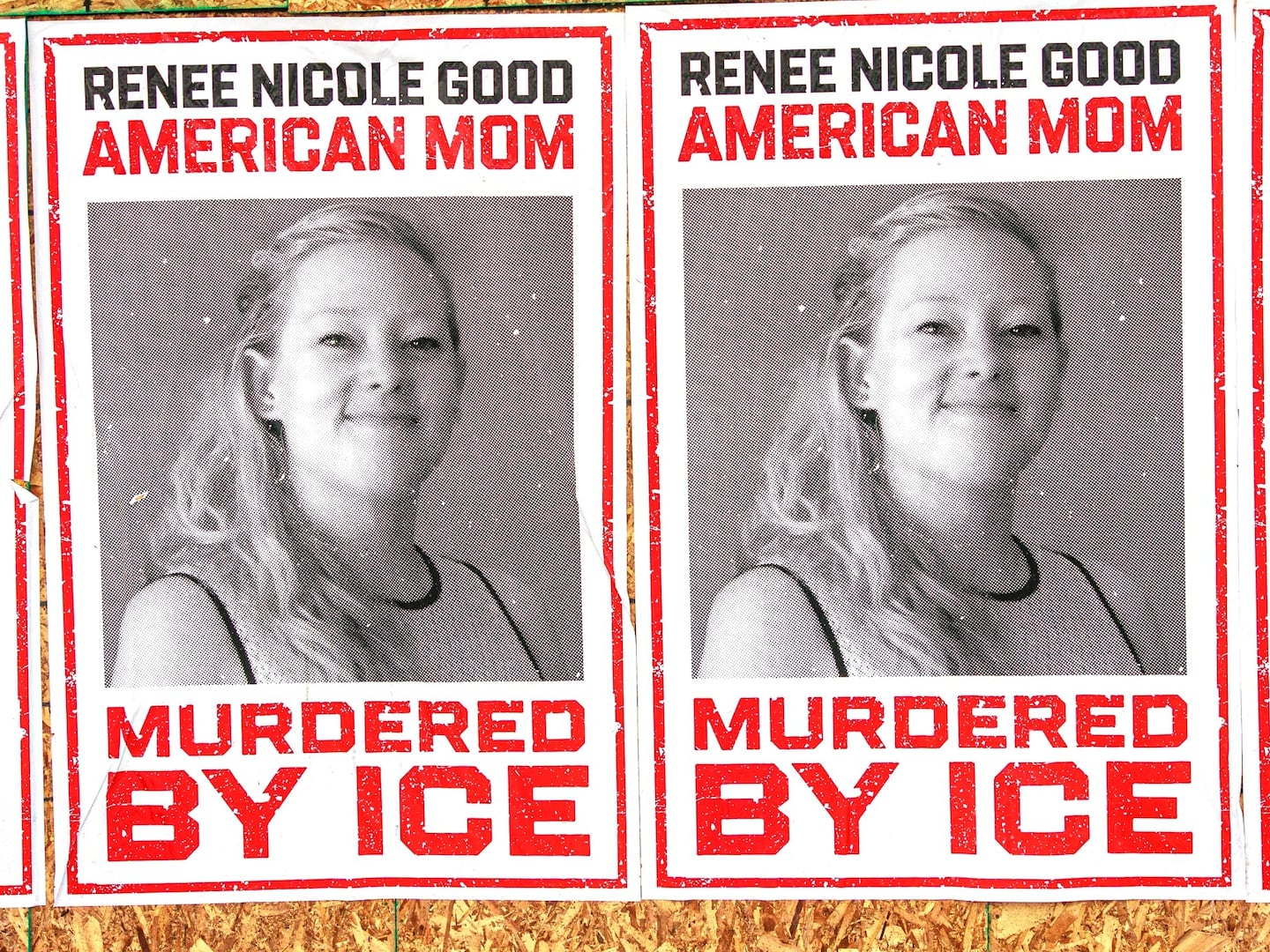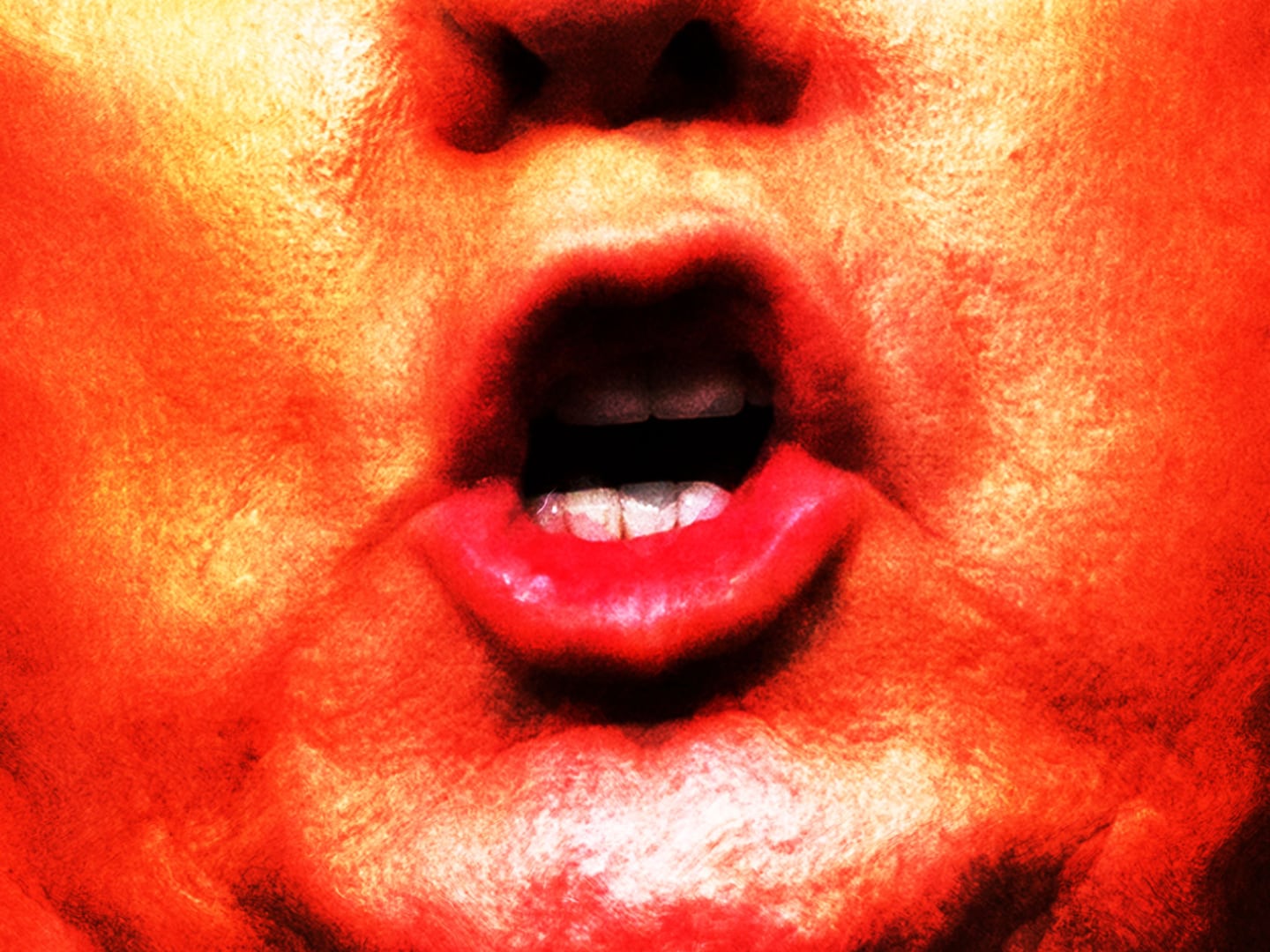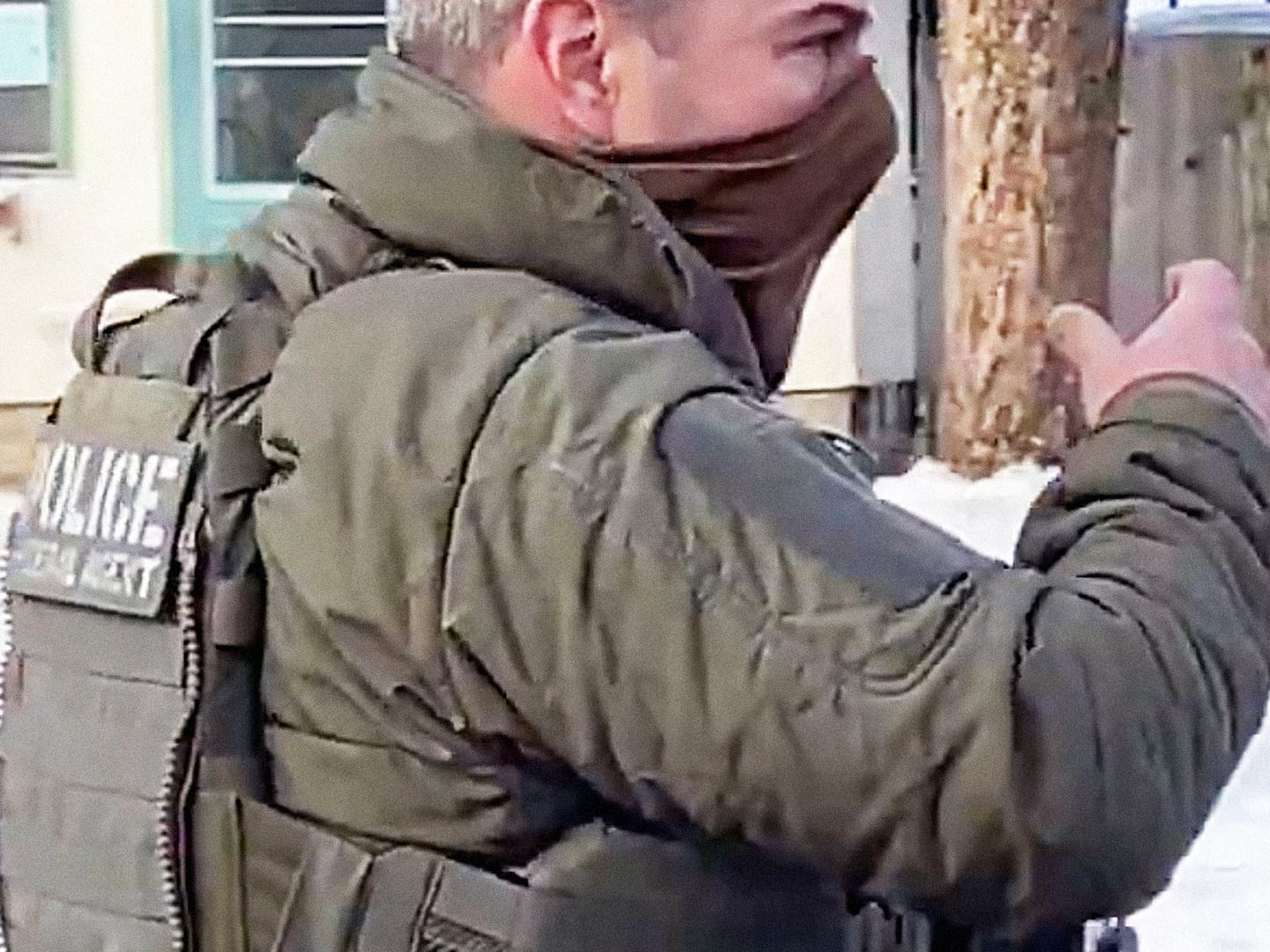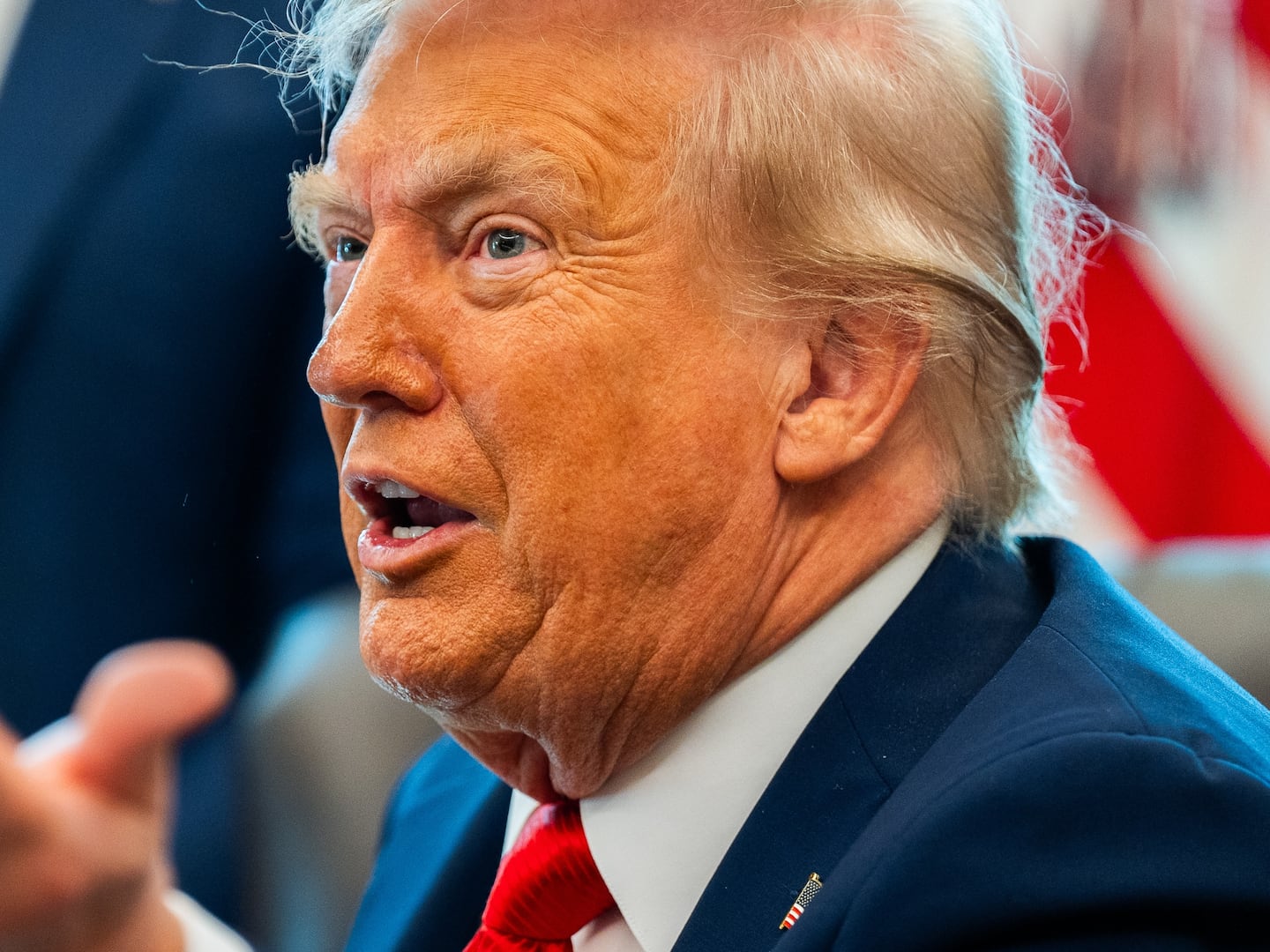In an age where every inch of land, sea to shining sea, seems pinned, Instagrammed, and checked into, there are very few sacred spaces left in America, places where outside intrusions, photographic or otherwise, are truly unwelcome. The psychoanalyst’s office— that carpeted-and-couched safe home to so many tearful self-explorations— has always been one of them. No one gets to see inside beyond the cleaning staff, the doctor who practices there, that doctor’s patients, and of course perspective patients, the ones eagerly scanning wall art and counting throw pillows the way someone on a first date might assess a potential mate’s footwear, trying to get some clue to future compatibility. Am I OK with that Chegall print over the desk? Why is the clock so small? And do we really need two tapestries thrown over the couch?
Thanks to his unique combination of being both a practicing psychoanalyst with nearly 30 years of experience and also a trained professional photographer, Dr. Mark Gerald has been able to throw open a door therapists have traditionally preferred to keep locked. Over the last decade plus, Gerald, who did his psychoanalytical training at NYU’s postdoctoral program and studied photography at Pratt, has shot some 70 analysts in both his home base in Manhattan and around the world, all in the natural habitat known as their offices. He calls the project In the Shadow of Freud’s Couch.

“One thing you will find in every psychoanalytic office is a door that remains shut for the entirety of the session,” says Gerald, 69. “There is no open door policy, no welcoming of others, beyond the internal objects of your own imagination. Only fantasy figures are welcomed in during a session. Corporate architecture has completely swung away from these sorts of private offices and towards the Silicon Valley, teamwork concept of open floor plans. Psychoanalysis has an older notion, a notion of privacy. My work plays at the edges of that. Through the participation of the people that I photograph, I am opening a door to this historically private space.”
Of course, the shut door is only one of many psychoanalytic tropes captured by Gerald’s camera, all of them a direct antecedent at Berggasse 19, Freud’s original office. (Gerald sees his project in someways a continuation of the work of Edmund Engelman, the young photographer who was able to capture Freud at work in his home office). The most notable of these, of course, is the couch, which also has been a feature of every single office Gerald has visited for his project, even as it becomes an increasingly old-fashioned symbol of the profession.
“If you were to survey how many patients lie down on the couch, you would find it to be a small number, especially compared to what it was in the ’50’s and ’60’s,” he says on FaceTime from his Central Park West office, painted the same shade of blue (Sweet Innocence by Benjamin Moore) as his previous two. “In some parts of the world, even in some pockets of the United States, that’s not the case: psychoanalysis is still practiced that way. One of the analysts I photographed told me, ‘I have a couch that no one ever uses. But if if I didn't have it, I wouldn't feel like a psychoanalyst.’ In many respects, the couch has become the barber pole for psychoanalysts. Having said that, having it there suggests freedom; it suggests a choice. There was a time when you went into psychoanalysis, you were instructed to lie on the couch and if you didn’t, you were resisting, and maybe you were not analyzable. It was a deal breaker. Today, it remains an option and I still have some patients who lie on the couch: they find it very relaxing.”
And as long as there’s a couch, there will always be some sort of tapestry draped over it, a relic from Freud’s time, when cold Viennese winters demanded an extra cover up. The tapestry and throws, still standard in pretty much every therapist office from Brooklyn to Buenos Aires, took on a different purpose in the new world. “When psychoanalysis was imported to America post World War II, the medical world took over and became the center of the psychoanalytic world, and one of the things that happened was the idea that examination rooms had to be pristine and sanitized,” says Gerald. “It became something both for the hygiene of the couch and the patient.”
One of the unique joys of his current project is that it gives Gerald the opportunity to interact physically with all these objects in a way that he never could as a practicing therapist. “Psychoanalysis can feel much more like non-doing than doing,” says Gerald, who grew up in the Bronx a basketball player with a pretty decent jump shot, provided he had plenty of space to get it off. “When I go out on a shoot, one of the things that deeply appeals to me is the very physical nature of it. Putting up lights, moving around the room, getting on my knees, traveling to someone’s office. By contrast, the job of a psychoanalyst involves sitting in one’s chair and listening, being available. Physically, it is a quiet, still place. In photography, I can climb on the furniture if I need to.”
For Gerald, who still plays basketball when he can though these days prefers tennis, photography and psychoanalysis were oddly similar callings, even if they felt more like opposing forces for much of his career. For starters, both activities at least partially took place in small rooms where one had to feel one’s way around. “When I entered the darkroom for the first time, it was a magical place,” says Gerald, who first started seriously taking pictures at 20 when he was given a Yashica-Mat Twin Lens Reflex shortly after his father died. “Being around people in this space with this strange muted lighting was profound to me. There was an enormous sense that every time you entered that room, you were entering a sanctuary. You can not see anything in there, until it magically emerges in the developing bath. That felt wondrous to me.”

But it was the late 60’s, Vietnam was still raging, and Gerald was draft eligible. Instead of risking war— not to mention the vagaries of a career in photography— he decided to return to school and train as a therapist. “Psychoanalysis called to me and scared me,” he says now. “To me, it was another darkroom, but one without much of an idea of what went on there. At least in the photographic darkroom, the first time you go in, the lights are on. In the psychoanalytic darkroom, it’s different: you don't get to know where anything is. You bump into things, and things bump into you. The things you find will be surprising, disturbing. They will shake you up and show new worlds to you.”
He felt fortunate to stumble upon an idea that would allow him to combine his seemingly disparate passions, but given the sanctity with which many analysts hold their offices, he was initially unsure how far he could carry it off. He used himself as his first guinea pig, then roped in a close friend, and after awhile, drummed up enough nerve to ask analysts he had heard had interesting work spaces if he could shoot them there. Before long, therapists were contacting him. “Far more people were open to it then were not,” he says.
The series— which has been shown at the Roosevelt Hotel and the Institute for Psychoanalytic Training and Research (IPTAR) in New York and at IARPP in Athens, Greece— is open-ended. He has several shoots scheduled for later this year and plans to photograph therapists in Norway when he travels there in March. At some point, he would like to take the project even further afield. Says Gerald, “Just today, somebody who knows technology much better than I do checked out the Google analytics on my site and I discovered that I seem to have a big following in Russia. Go figure. So I am thinking, it would be very interesting to continue this work there, or even the Ukraine.”
Anywhere that a doctor and patient is exploring that great darkness, tissue box and blanket at the ready, Gerald is prepared to document the space where that exploration takes place. “One of my early goals or values with this project was to demonstrate the viability of psychoanalysis through diversity,” he explains. “It doesn't have too look on the outside the same to be able to work deeply and be analytic. I’d like to go to parts of Africa and see what’s going on there. While these things may seem different, the interest in subconscious— even if it is not called that— the interest in dreams and in what gets communicated beneath the surface, that is universal.”
